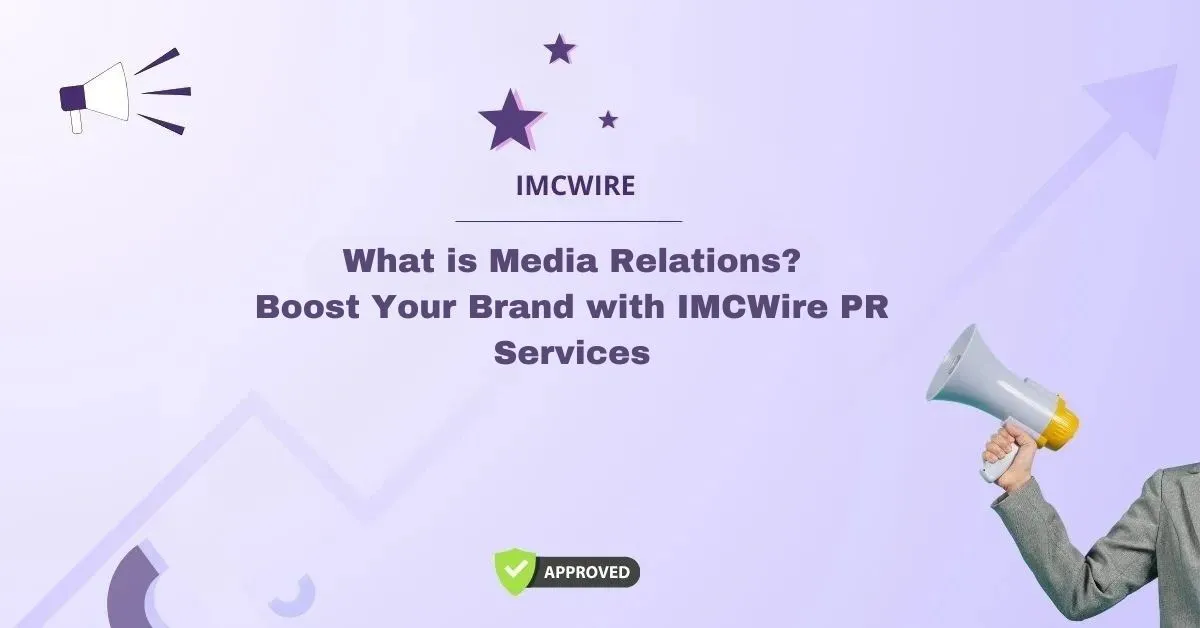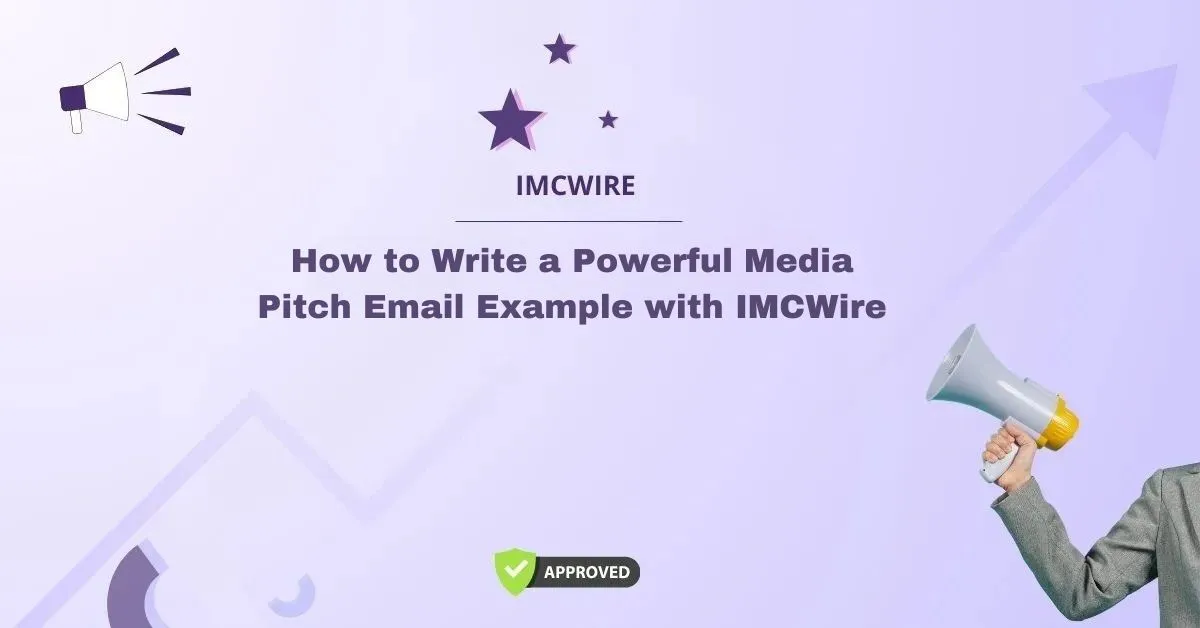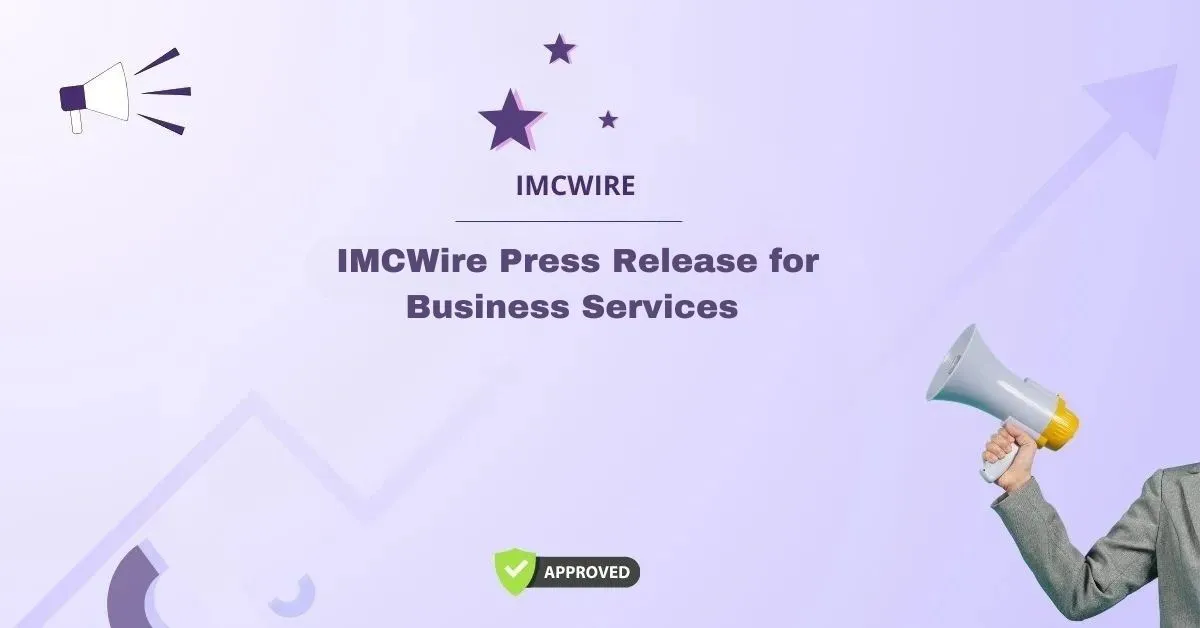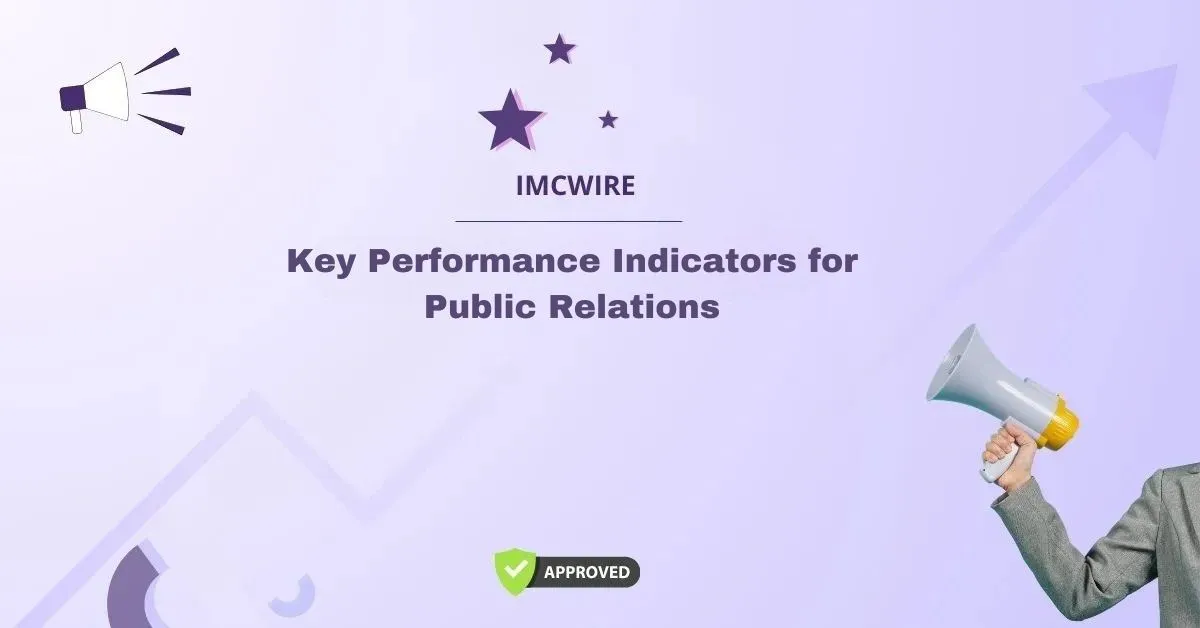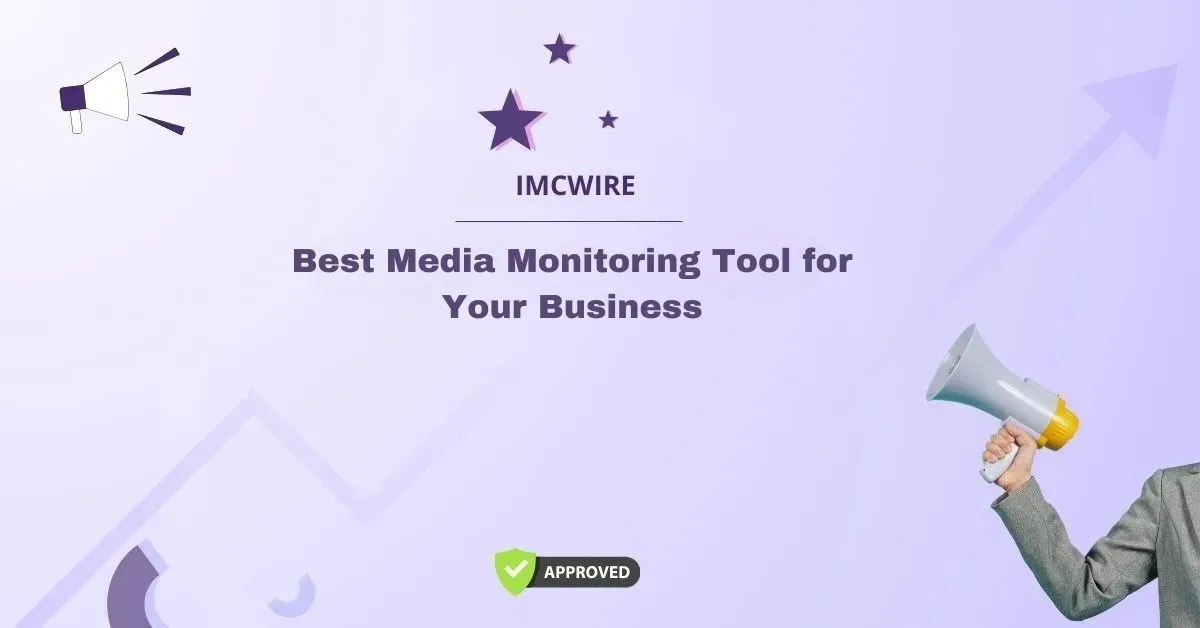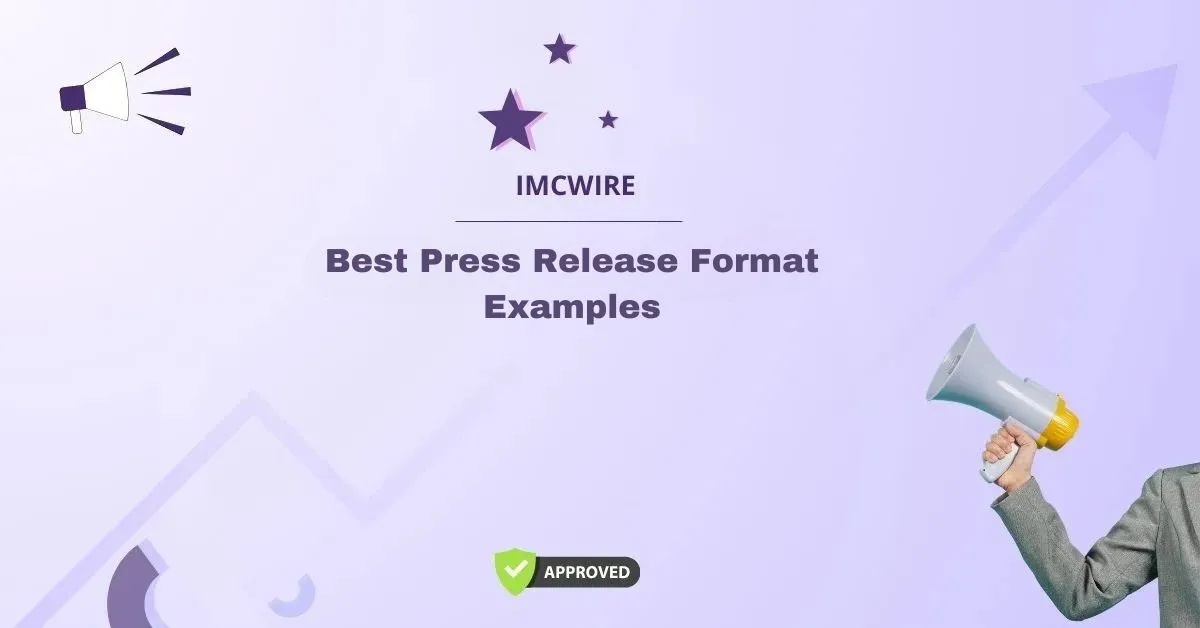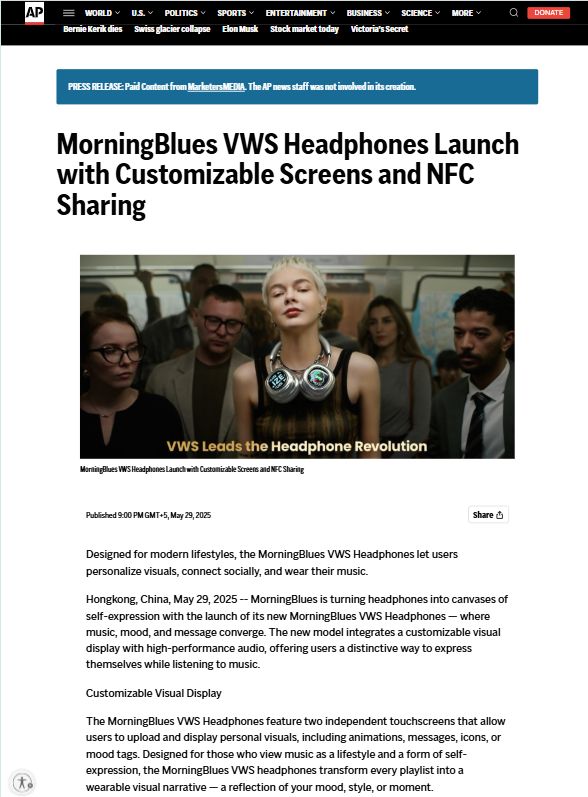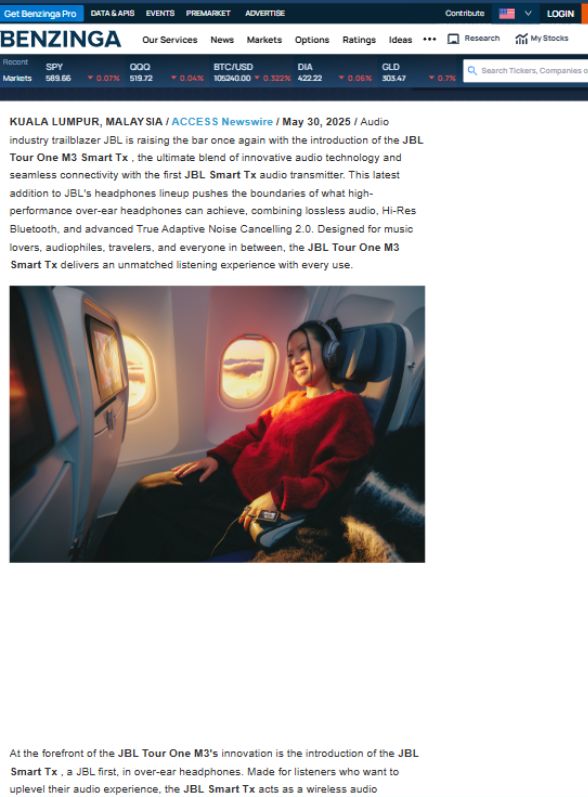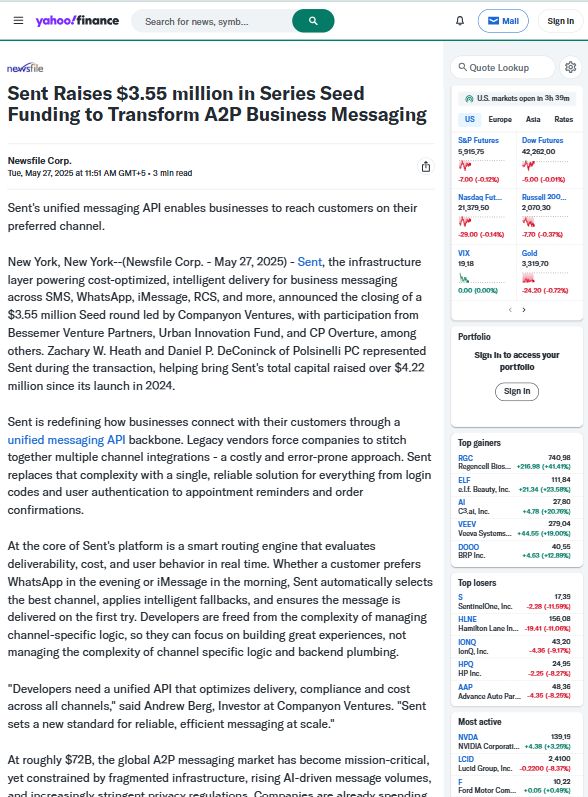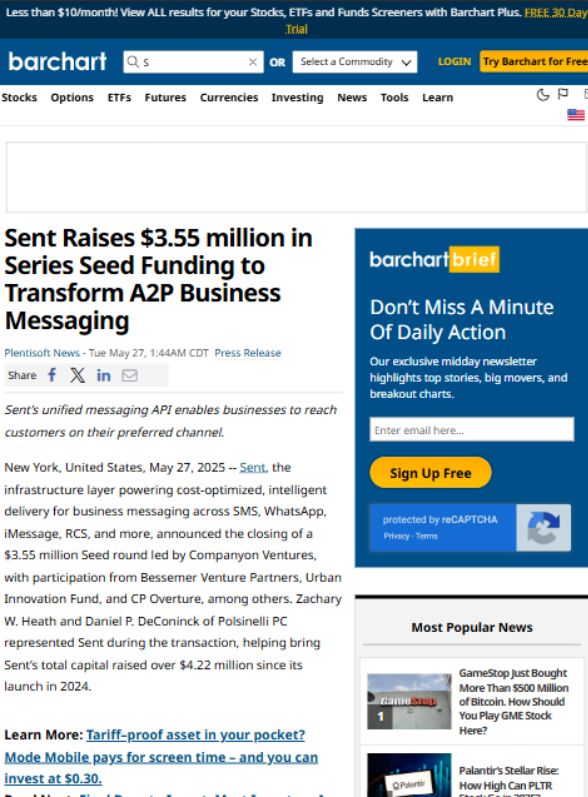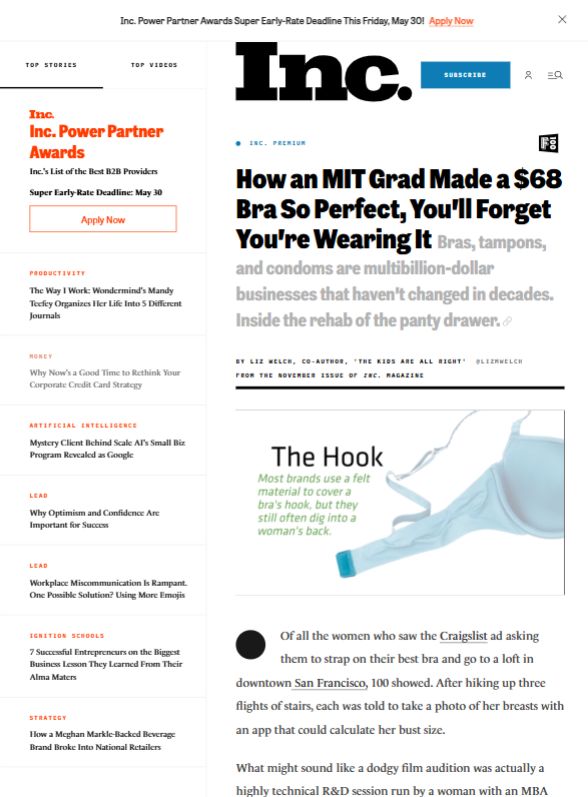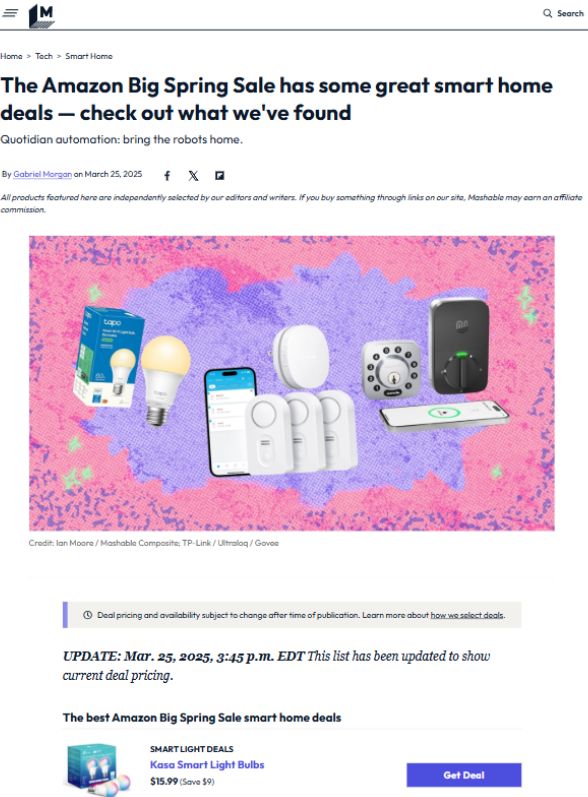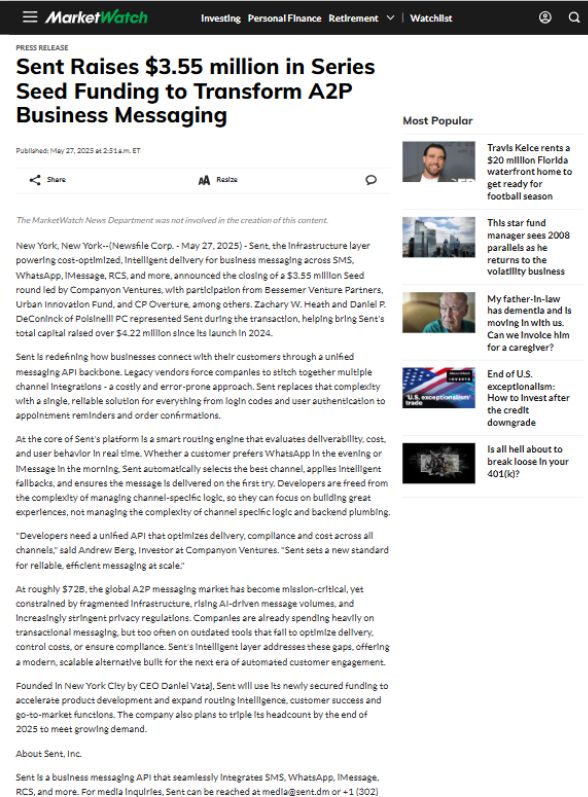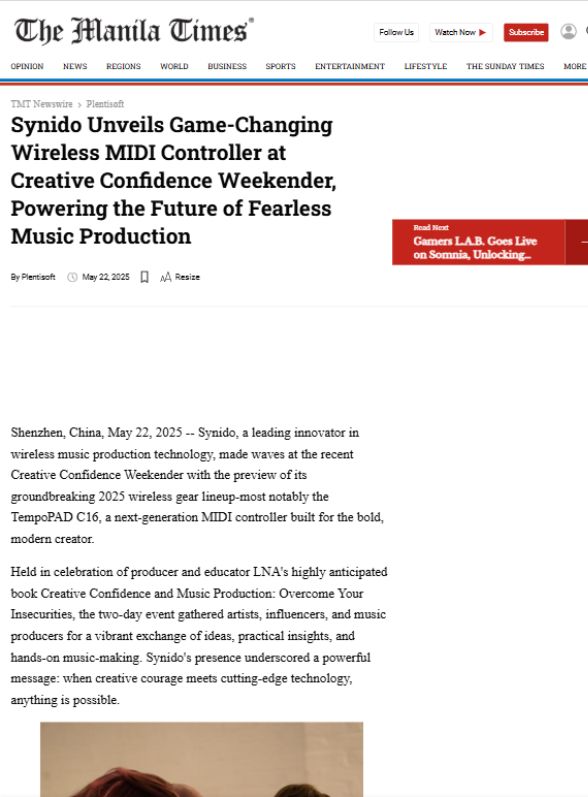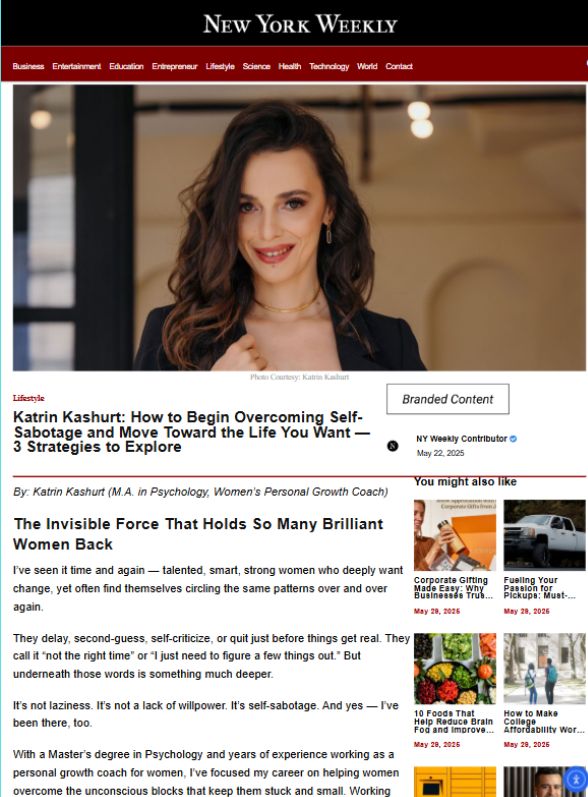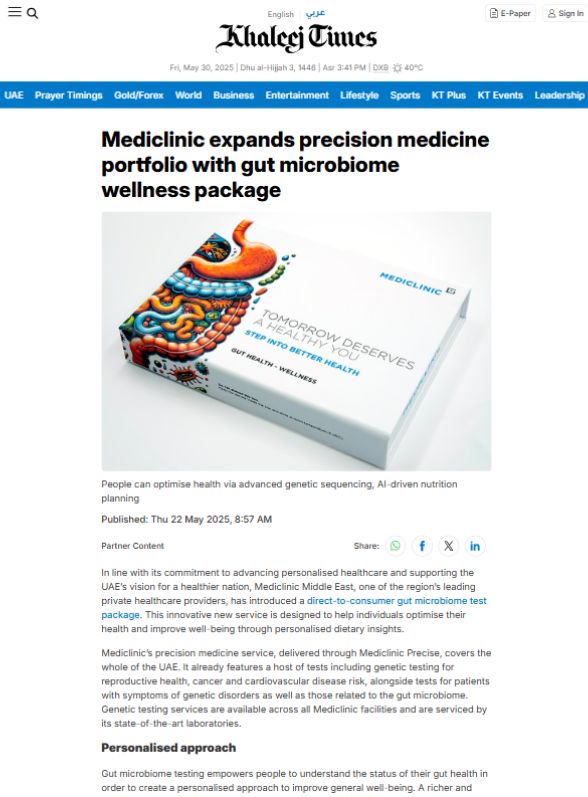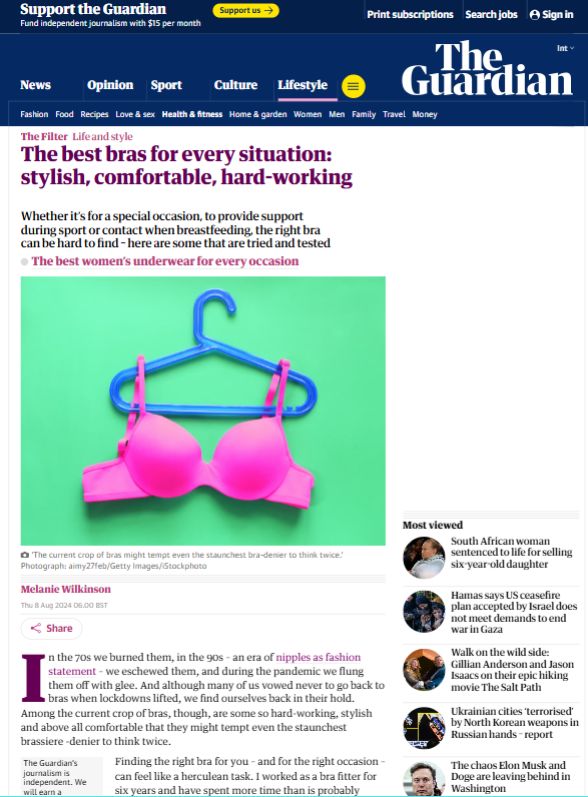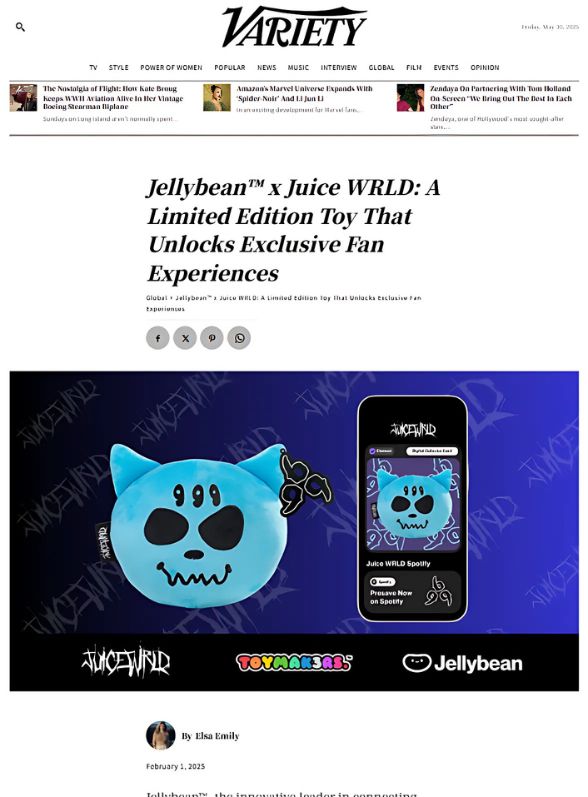Media relations is a core component of public relations that focuses on building and maintaining a strong relationship between organizations and the media. It plays an essential role in how a company, brand, or individual communicates with its audience through journalists, editors, influencers, and news outlets. By leveraging media relations, organizations gain access to credible platforms that amplify their stories, achievements, and messages to a broader audience. Understanding what is media relations and how it functions can empower businesses to strategically control their image and ensure their voice is heard in an increasingly competitive digital landscape.
Table of Contents
The Core Definition of Media Relations
At its foundation, media relations refers to the practice of engaging with journalists, bloggers, editors, and other media representatives to secure coverage that portrays an organization positively. Unlike advertising, media relations relies on earned media, meaning the publicity is not bought but achieved through the quality and relevance of the story. This distinction makes it a highly credible tool, as audiences tend to trust third-party news coverage more than paid promotions. Knowing what is media relations involves recognizing it as a bridge between organizations and the media ecosystem, where strategic communication fosters trust, transparency, and influence.
Importance of Media Relations in Today’s World
Media relations has never been more important than in today’s interconnected world. Consumers are bombarded with information from multiple channels, making credibility the key factor in whether a message resonates or not. Through effective media relations, businesses can strengthen their brand reputation, increase visibility, and manage crises effectively. Moreover, positive relationships with the media allow companies to proactively share their narratives and respond quickly to misinformation. This highlights that understanding what is media relations is not just about public visibility—it is also about building trust, credibility, and authority in your field.
Key Functions of Media Relations
Media relations encompasses several vital functions that contribute to its overall effectiveness. Some of the primary functions include:
Building Relationships with Journalists
One of the most fundamental aspects of media relations is cultivating long-term professional relationships with journalists and media professionals. This enables organizations to become trusted sources of information, making it easier to gain coverage when needed.
Crafting Compelling Stories
Media professionals look for stories that will engage their audience. Effective media relations involves identifying, shaping, and delivering stories that align with both the organization’s goals and the media outlet’s interests.
Managing Press Releases and Pitches
Press releases remain one of the most common tools in media relations. Crafting well-structured releases and pitching them strategically ensures that the organization’s news reaches the right people at the right time.
Crisis Communication
When unexpected challenges arise, media relations helps organizations navigate negative publicity by delivering transparent and carefully framed messages. This not only mitigates damage but also rebuilds trust.
Positioning Thought Leadership
Through media coverage, organizations can establish their leaders as industry experts. Interviews, guest articles, and op-eds allow executives to showcase knowledge and insights, positioning them as trusted authorities in their niche.
Difference Between Media Relations and Public Relations
While often used interchangeably, media relations and public relations are not the same. Public relations is a broader discipline that covers all forms of communication between an organization and its stakeholders. Media relations, on the other hand, is a specialized branch of PR that focuses specifically on media engagement. Knowing what is media relations means recognizing that it is one of the most effective strategies within the larger PR toolbox, designed to amplify brand visibility through external media channels.
Benefits of Strong Media Relations
Enhanced Credibility
Earned media is viewed as more trustworthy than advertisements, giving organizations added credibility.
Increased Reach
Media coverage provides access to a broader audience than traditional marketing channels.
Cost-Effective Promotion
Compared to paid advertising, media relations delivers high returns with relatively lower costs.
Improved Crisis Management
Strong media connections allow organizations to respond quickly and effectively in times of crisis.
Long-Term Brand Loyalty
Consistent positive coverage helps strengthen consumer trust and loyalty over time.
Strategies for Effective Media Relations
Research and Media Mapping
Understanding which journalists, bloggers, and outlets align with your industry is the first step to successful media relations. This ensures your message reaches the right audience.
Personalization in Outreach
Generic pitches rarely capture journalists’ attention. Personalizing your messages to address specific journalists’ beats and interests increases your chances of coverage.
Providing Value to Media
Media professionals are constantly seeking valuable content. Offering insights, exclusive data, or expert commentary makes your brand a go-to source.
Timing and Relevance
Sharing stories at the right time—whether during industry trends, product launches, or global discussions—boosts the chances of media pick-up.
Consistency in Communication
Maintaining regular but meaningful communication keeps your organization on the media’s radar without being intrusive.
Role of Technology in Media Relations
The digital era has transformed what is media relations into a much broader concept. With social media platforms, online publications, and digital PR tools, organizations now have more avenues to connect with media outlets. Technology enables real-time communication, media monitoring, and analytics that measure the success of media campaigns. For instance, tools that track mentions and engagement provide insights into how effectively a story is reaching its intended audience.
IMCWire and Professional Media Relations
IMCWire stands out as a trusted partner for businesses looking to maximize their media relations efforts. With a network of media contacts, advanced PR distribution services, and tailored strategies, IMCWire ensures that your message reaches the right audience at the right time. By choosing IMCWire, businesses not only gain exposure but also enhance credibility and trust. Whether it’s distributing press releases, managing media outreach, or crafting compelling brand narratives, IMCWire is dedicated to helping organizations achieve meaningful media visibility and long-term reputation growth. For companies seeking to understand and leverage what is media relations, IMCWire offers the expertise and tools to turn communication goals into measurable success.
Common Challenges in Media Relations
While media relations is highly effective, it comes with challenges. Journalists are inundated with pitches daily, making it difficult to stand out. Additionally, organizations may face misinterpretations of their stories or struggle to maintain media relationships during crises. Adapting to evolving media trends, such as the rise of digital-first platforms and citizen journalism, also requires constant innovation. Overcoming these challenges requires consistency, authenticity, and strategic thinking.
The Future of Media Relations
As technology and consumer behaviors evolve, so too does the practice of media relations. Artificial intelligence, data-driven storytelling, and digital platforms are shaping the way organizations communicate with the media. The future of media relations will be marked by personalization, transparency, and authenticity. Organizations that adapt quickly and embrace innovative tools will continue to stand out in the media landscape.
Conclusion
Media relations is a cornerstone of strategic communication that bridges organizations with the public through credible third-party channels. By understanding what is media relations, companies can recognize its role in enhancing reputation, expanding reach, and fostering trust. Strong media relations strategies create long-term value, ensuring organizations remain visible, credible, and influential. With the support of industry experts like IMCWire, businesses can master the art of media relations, amplify their voice, and secure a competitive advantage in today’s crowded marketplace.

